Fashionable Patterns in Japan from the Early 20th Century
The design magazine 'Shin-Bijutsukai' served as a model for artisans with its selections of varied patterns to reproduce in different media.

© Public Domain
Edited by illustrator and designer Korin Furuya who specialised in representational art, design magazine Shin-Bijutsukai featured the work of the best artists, illustrators, engravers, and painters of the early 20th century. The design elements reproduced over the pages represent flora and fauna and also more abstract shapes.
As well as editing the magazine, Korin Furuya himself worked on the theme of the collections. He also created other works in a format known as orihon, an album that folds out like an accordion, in which he compiled images of wood engravings representing pine trees and bamboo and an entire collection of patterns adorned with metallic pigments.
Templates for artisans
Published monthly, the magazine not only promoted the artists featured in it but also represented a veritable bible for creators and artisans. The creation of fabrics, paper, ceramic objects… all of these were domains professionals drew from in Shin-Bijutsukai—with its various selections of patterns—to inspire their own collections. Korin Furuya wanted his magazine to be seen as a collection of works of art that could be viewed as such or used in everyday life in Japan. These illustrations now belong to the public domain and can be downloaded for free from The Public Domain Review.
This compilation of work recalls that of Mori Yuzan who created Hamonshu, a design work, in 1903, which presented series of wave designs and is also available online.
More details on Shin-Bijutsukai magazine can be found on The Public Domain Review.
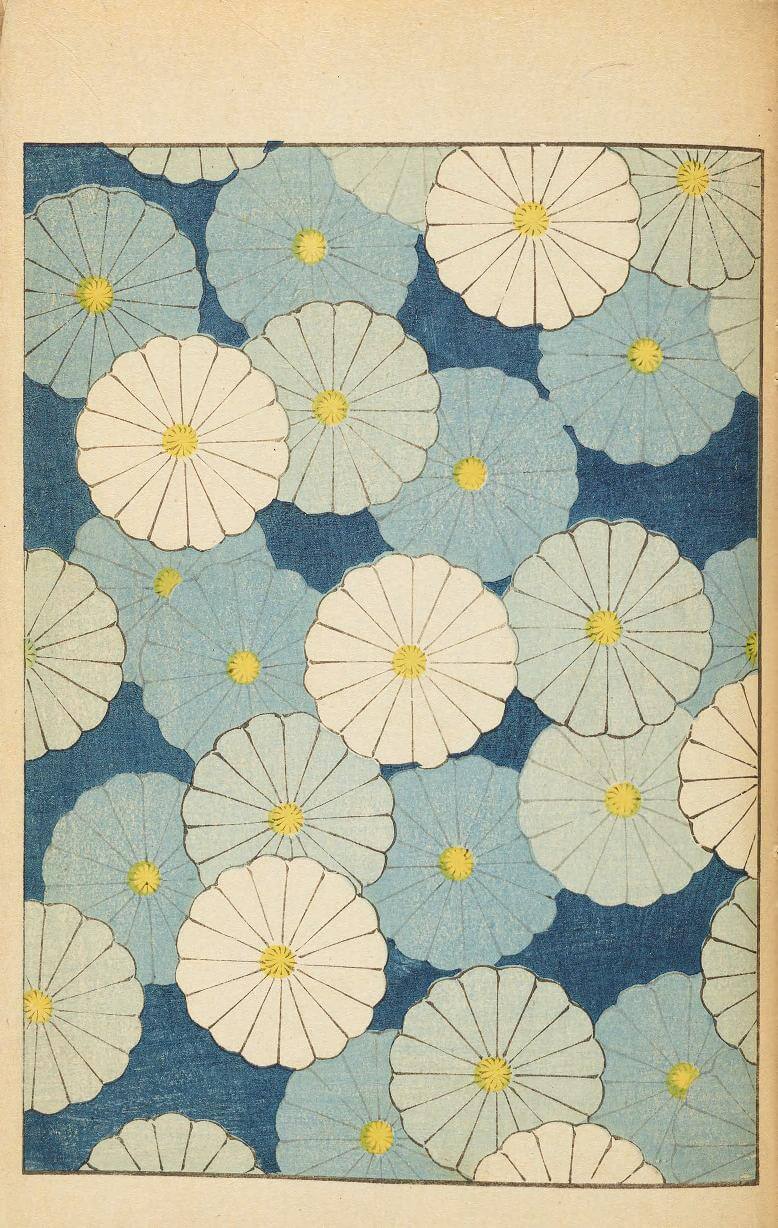
© Public Domain
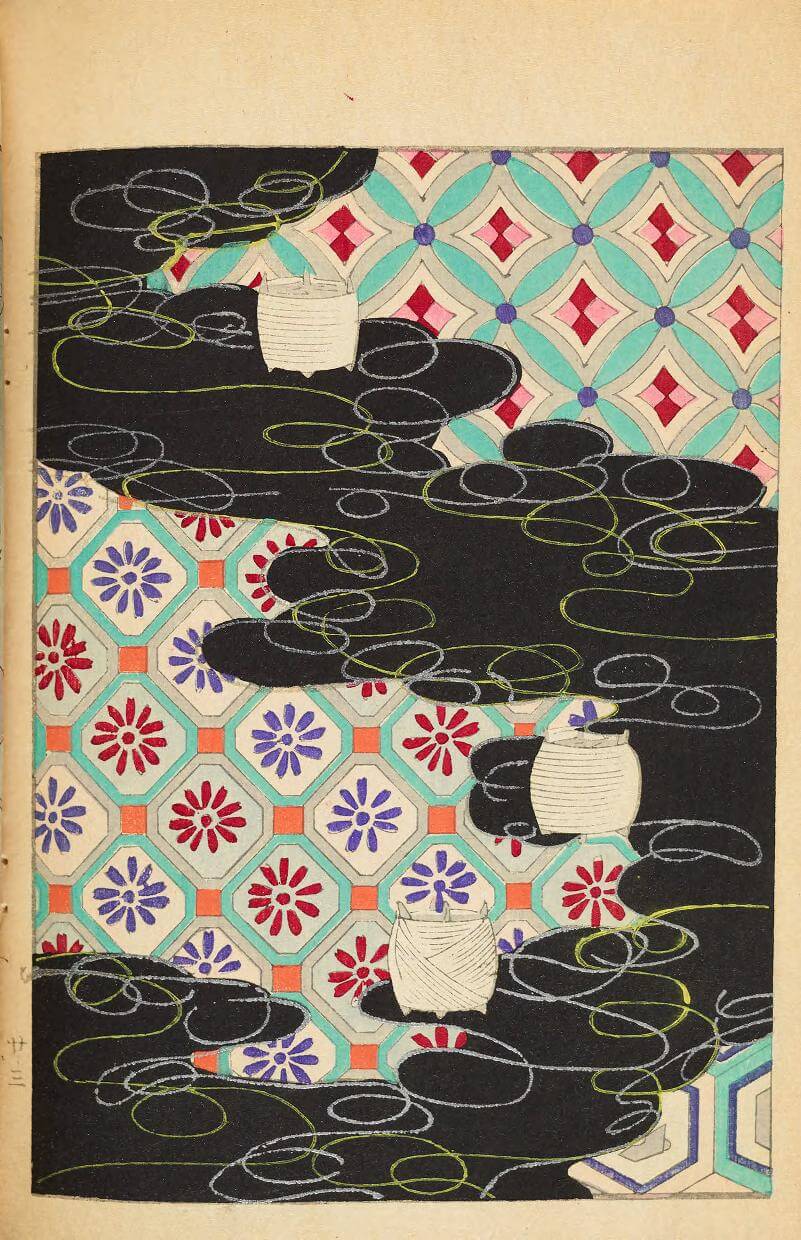
© Public Domain

© Public Domain
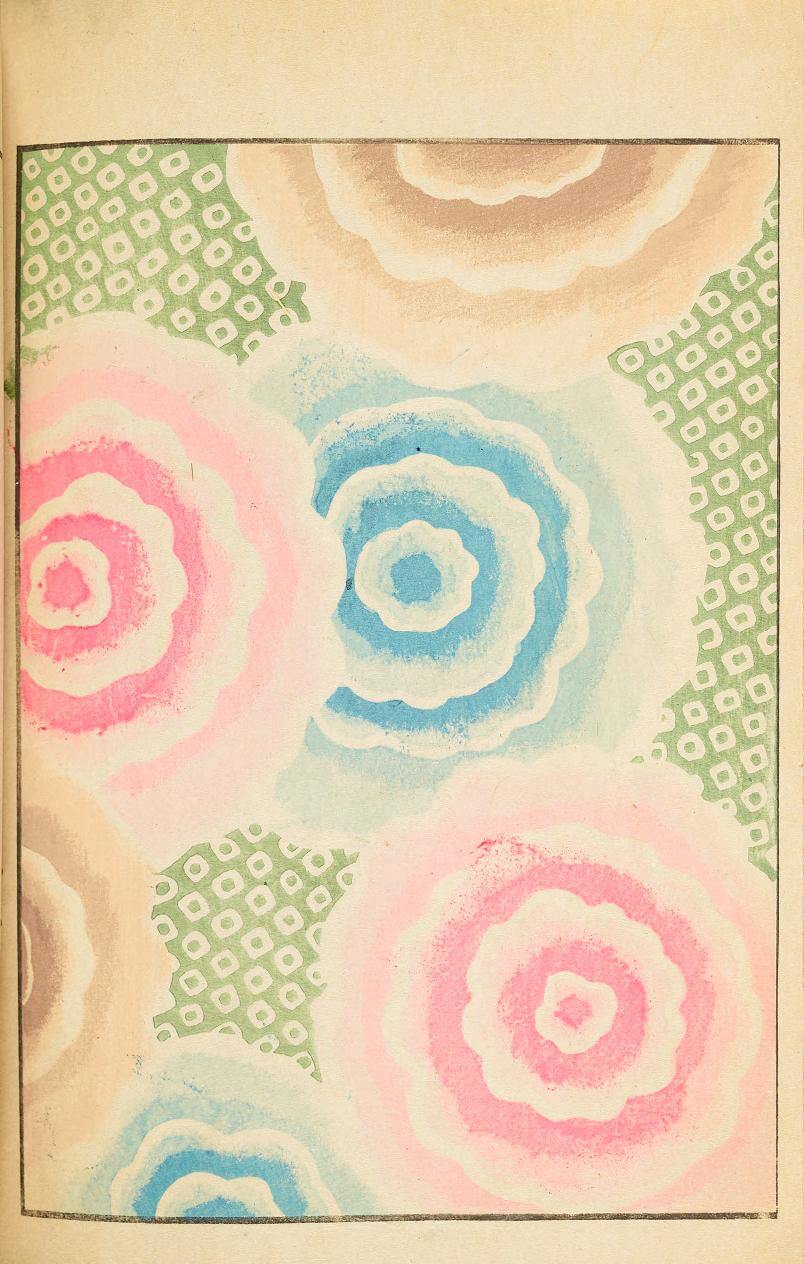
© Public Domain
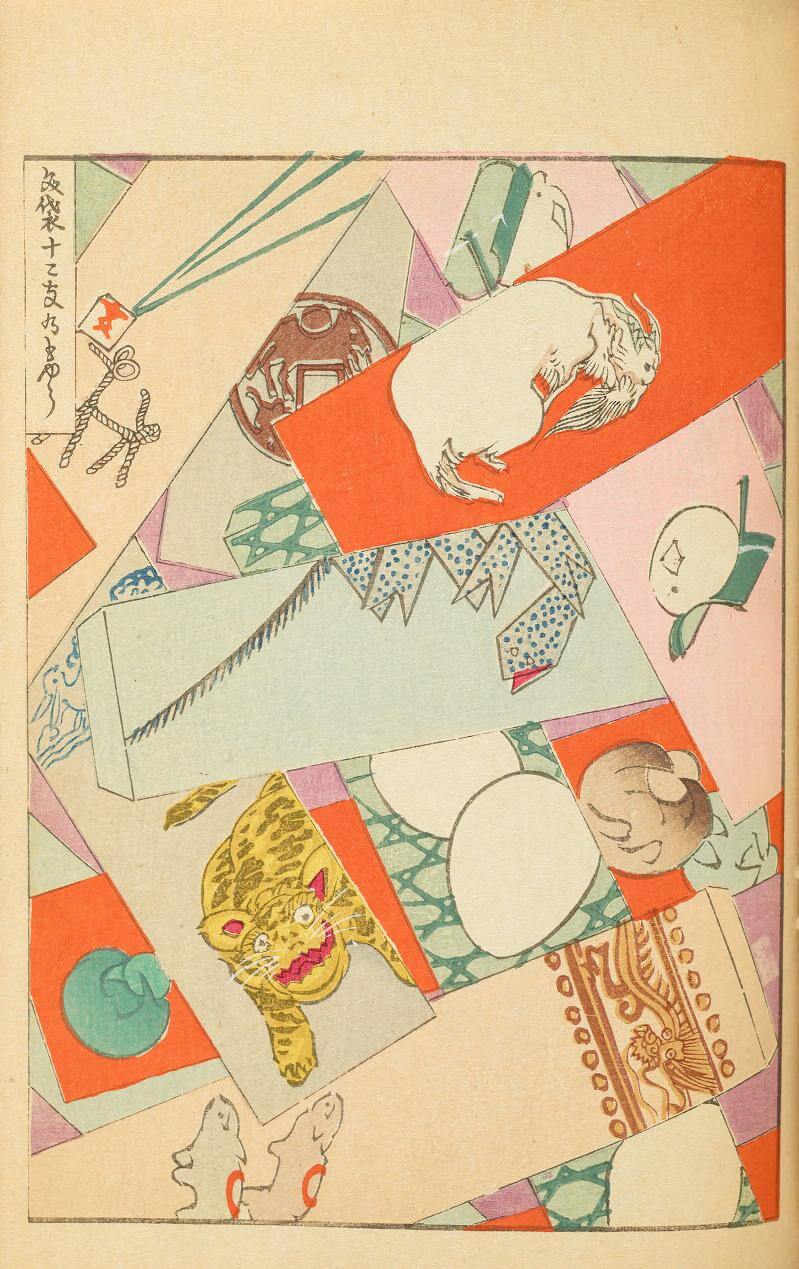
© Public Domain
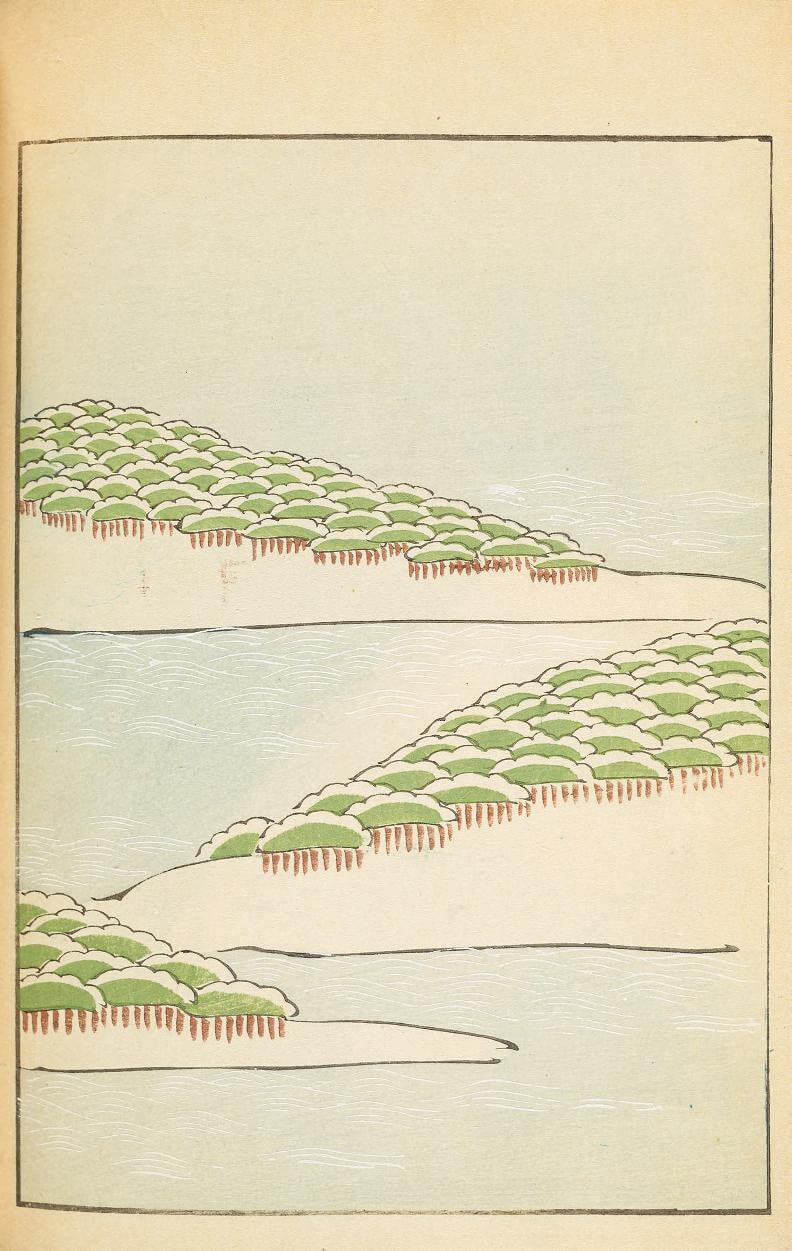
© Public Domain
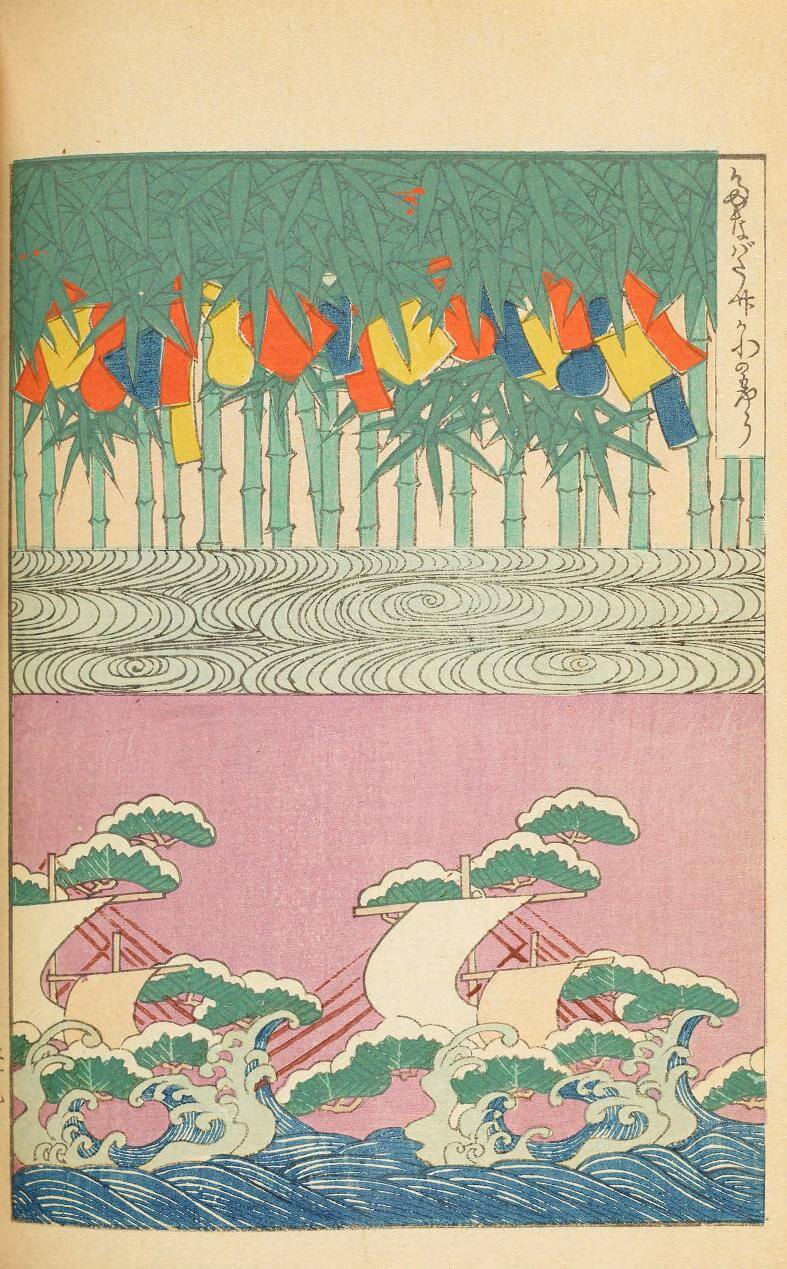
© Public Domain
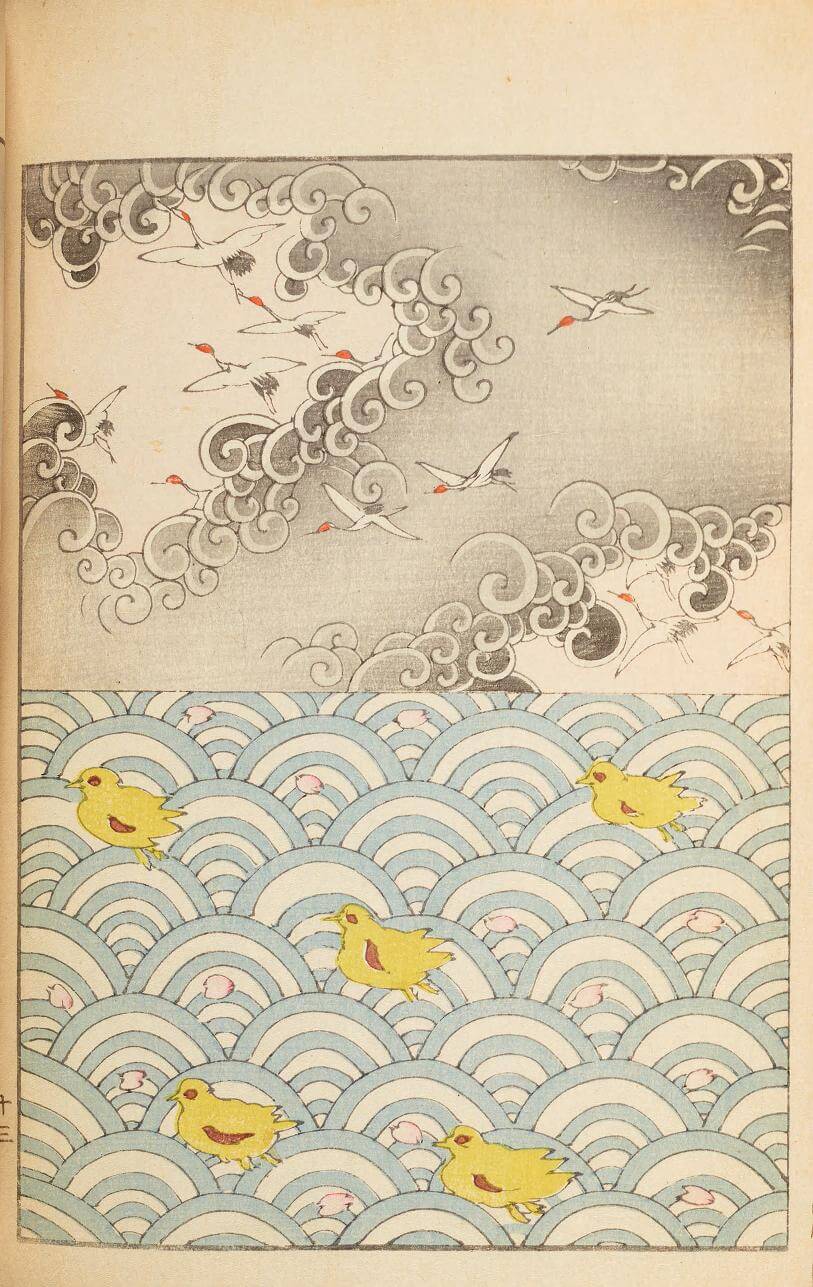
© Public Domain

© Public Domain
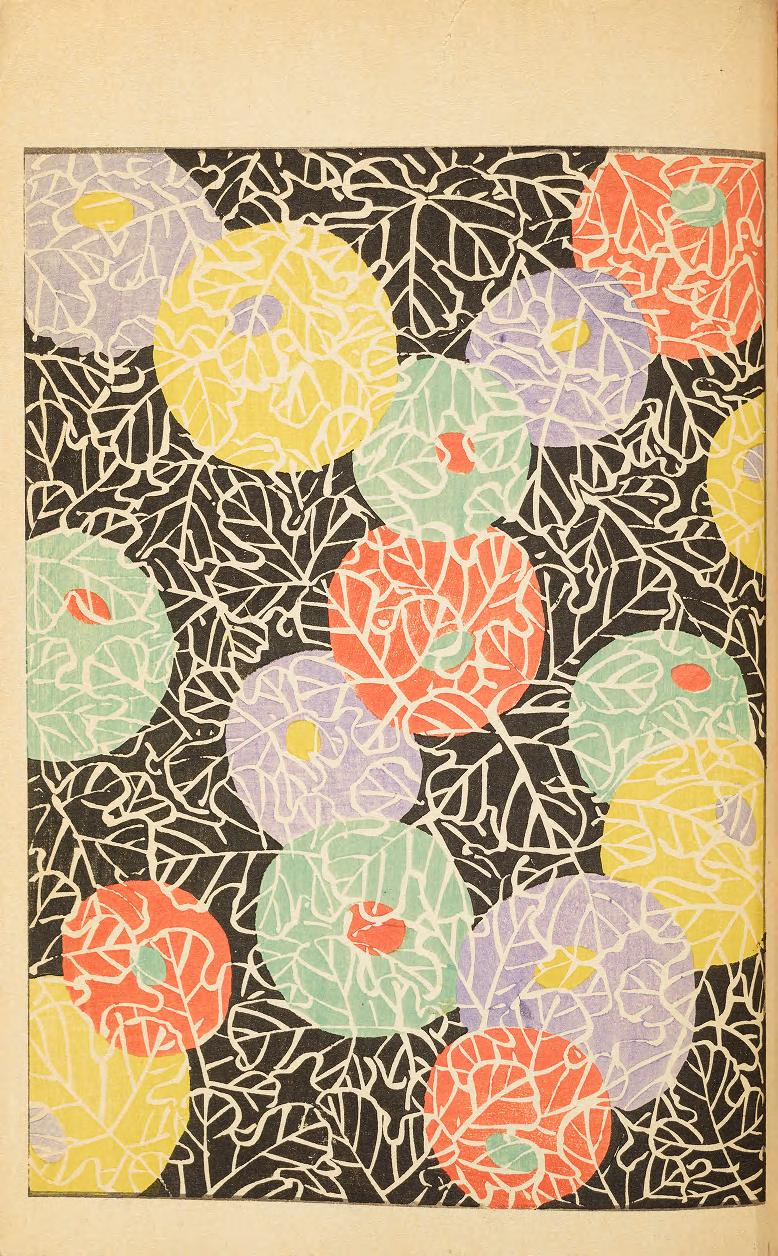
© Public Domain

© Public Domain
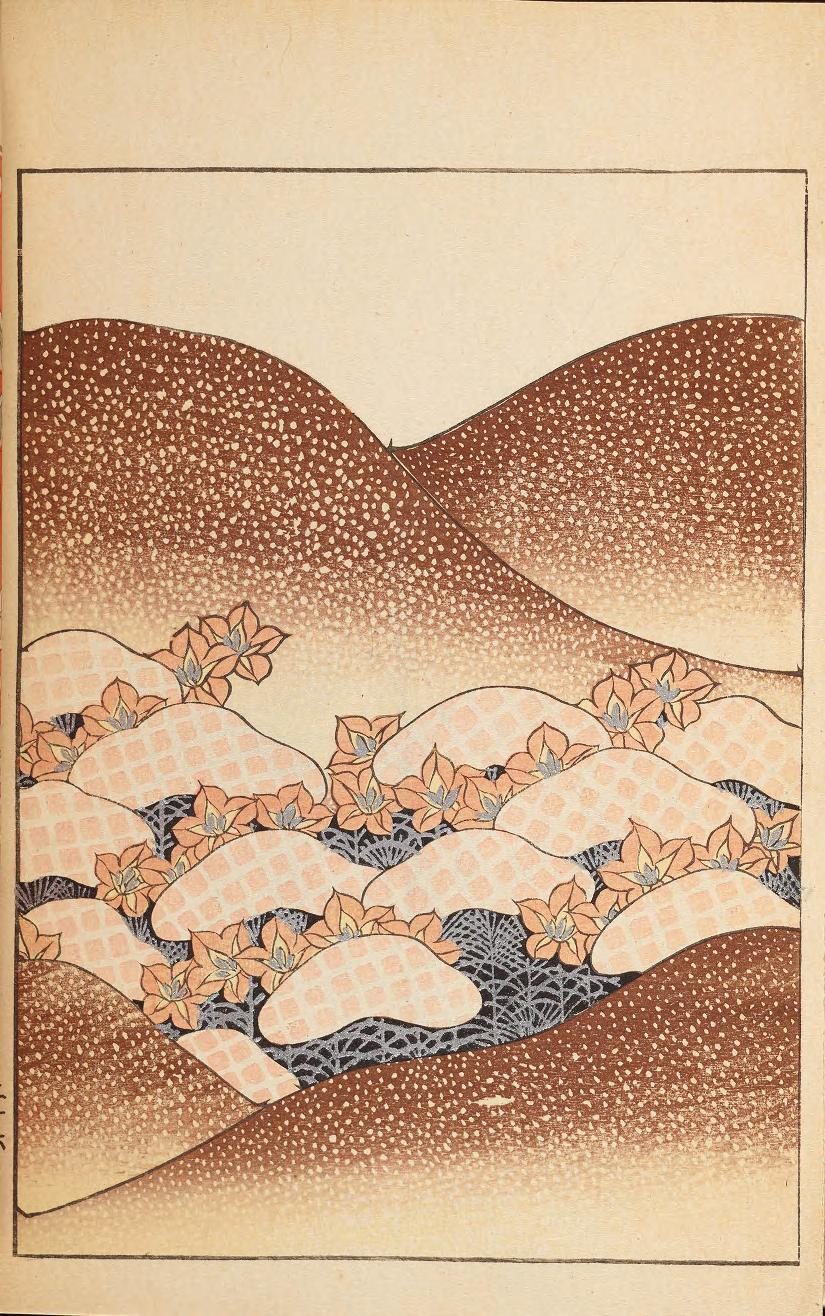
© Public Domain

© Public Domain
TRENDING
-
The Tattoos that Marked the Criminals of the Edo Period
Traditional tattoos were strong signifiers; murderers had head tattoos, while theft might result in an arm tattoo.

-
Paris, Tokyo: Robert Compagnon
With his co-chef and talented wife, Jessica Yang, Robert Compagnon opened one of the top new restaurants in Paris: Le Rigmarole.
 3:31
3:31 -
Chiharu Shiota, Red Threads of the Soul
Last year, more than 660,000 people visited the retrospective 'Chiharu Shiota: The Soul Trembles' exhibit at the Mori Art Museum.

-
‘Before Doubting Others, Doubt Yourself. Who Can Truly Say a Dish Isn’t What It Used to Be?’
In ‘A Non-Conformist’s Guide to Surviving Society’, author Satoshi Ogawa shares his strategies for navigating everyday life.

-
The Story of Sada Yacco, the Geisha who Bewitched Europe
Described by Dazed magazine as the first beauty influencer, she has been restored to her former glory since 2019.





